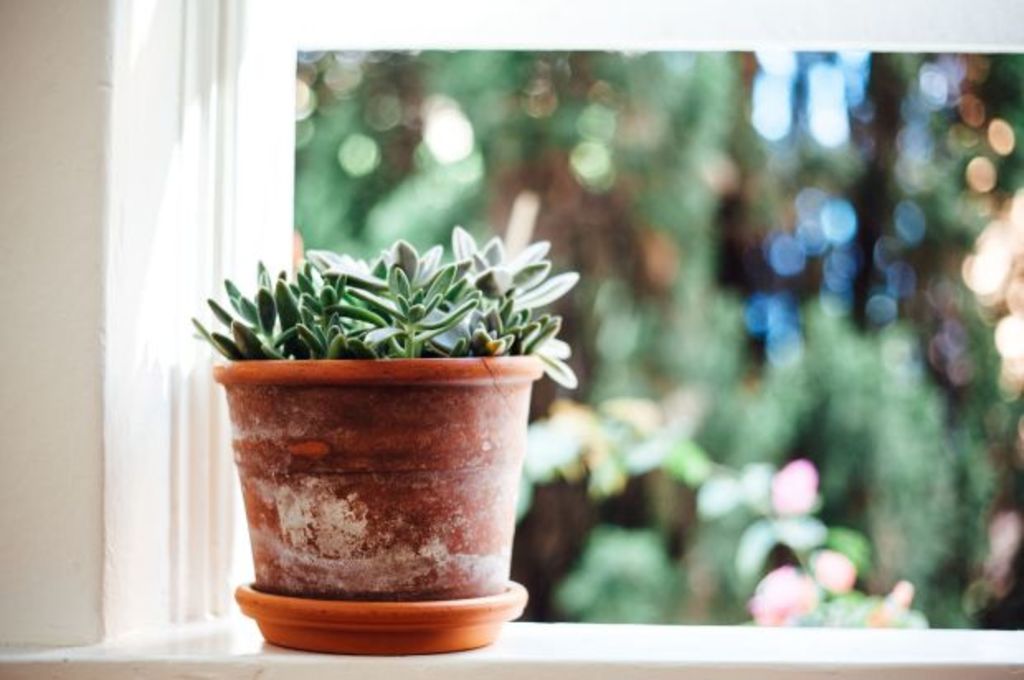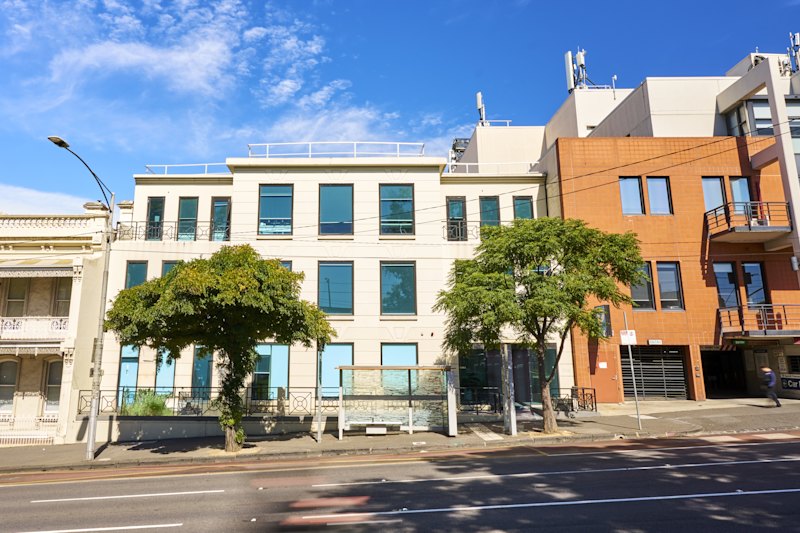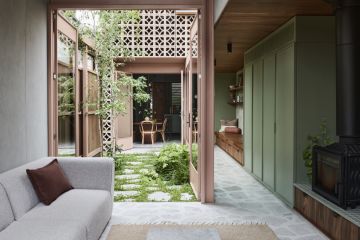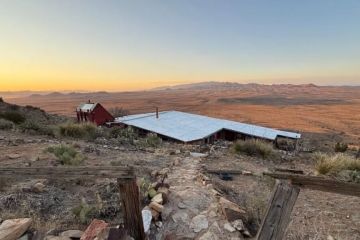The future of houseplants: Could they be the key to warning us about hazards at home?

I’ve never been very green-fingered, so when the previous owners of our home gave us a peace lily as a housewarming present I didn’t have high hopes for its survival. But the plant looked so good on my sun-filled dining table that I vowed to try extra hard to keep it alive.
With regular watering and a daily trip round the table (I move it to follow the sun), the peace lily has thrived. And with new confidence in keeping green things blooming, I’ve started to contemplate a house full of plants.
We already know that houseplants come with health benefits such as improved mental health (one expert tells me that this comes from the act of caring for plants), better air quality and improved sleep. But, according to a recent paper, they could have many more.
The paper published in the Science journal found that houseplants could be genetically modified to serve as subtle alarms that something is amiss in our home environment.
The paper is a collaboration between Neal Stewart, a plant scientist, his wife Susan, a graduate, and Rana Abudayyeh, an assistant professor in architecture and design (and Susan’s teacher). Focusing on the future, the authors claim that by applying synthetic biology to houseplants they could have a practical, as well as an aesthetic, function.
In other words, as Stewart notes in the paper, plants can “do a lot more than just sit there and look pretty. They could alert us to the presence of hazards in our environment.”
Stewart says genetically engineered plants could act as an early warning system that alerts us to the presence of mould, radon gas, or high concentrations of volatile organic compounds. The group plans to bring its super plants to schools, hospitals and offices, as well as homes.
- Related: Can a blanket really improve your health?
- Related: Protect your home from this winter problem
- Related: How to stop the spread of germs this winter
“Our work should result in an interior environment that is more responsive to [the] overall health and wellbeing of its occupants while continuing to provide the benefits plants bring to people every day,” Abudayyeh says.
Abudayyeh also says dense populations of biosensors might be needed in the future, so architectural design features such as “plant walls” could be the best way to implement their ideas. “[This will allow] biophilc elements within [a] space to assume a more integral role in the space, actively contributing to the wellbeing of the occupant holistically,” she says.
But while the idea is nice in theory, there could be some practical problems that make it unrealistic. Karen Smith, a Melbourne tree doctor, says while biophilc walls of plants are fashionable, they are expensive to install and manage. “Most house plants or plants in offices get replaced frequently as there is not enough light to keep them going,” she says.
Smith also notes that occupational health and safety policies in public buildings are unlikely to allow mould to be detected in this way.
Nevertheless, I love the idea that houseplants could become multi-purpose in the future. I’m thinking of a spider-plant-Alexia hybrid that can tell me what’s on the agenda for the day while simultaneously making my kids their school lunches. Or perhaps a herb-garden-iPhone cross that can Google recipes while chopping itself in preparation for dinner.
Am I taking it too far? Probably, but I like the idea that the future is green.
We recommend
We thought you might like
States
Capital Cities
Capital Cities - Rentals
Popular Areas
Allhomes
More







